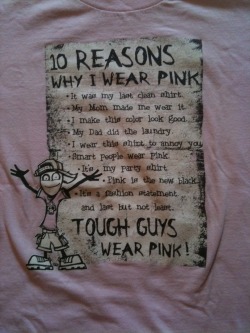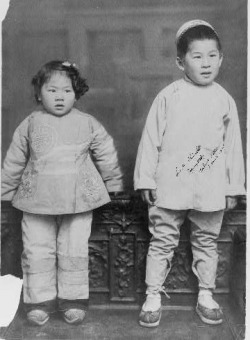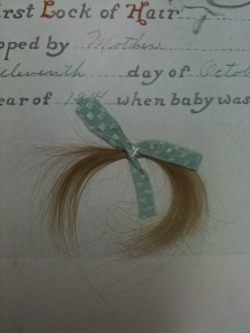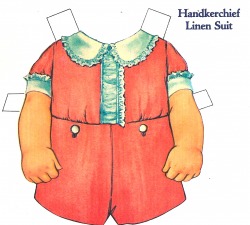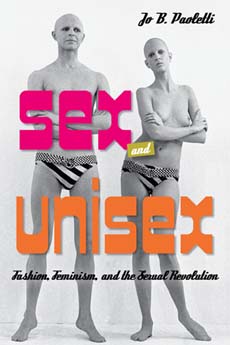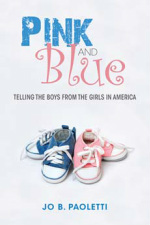10 REASONS I WEAR PINK
- · It was my last clean shirt.
- My Mom made me wear it.
- I make this color look good.
- My Dad did the laundry.
- I wear this shirt to annoy you
- Smart people wear pink.
- It’s my party shirt.
- Pink is the new black.
- It’s a fashion statement.
TOUGH GUYS WEAR PINK!
